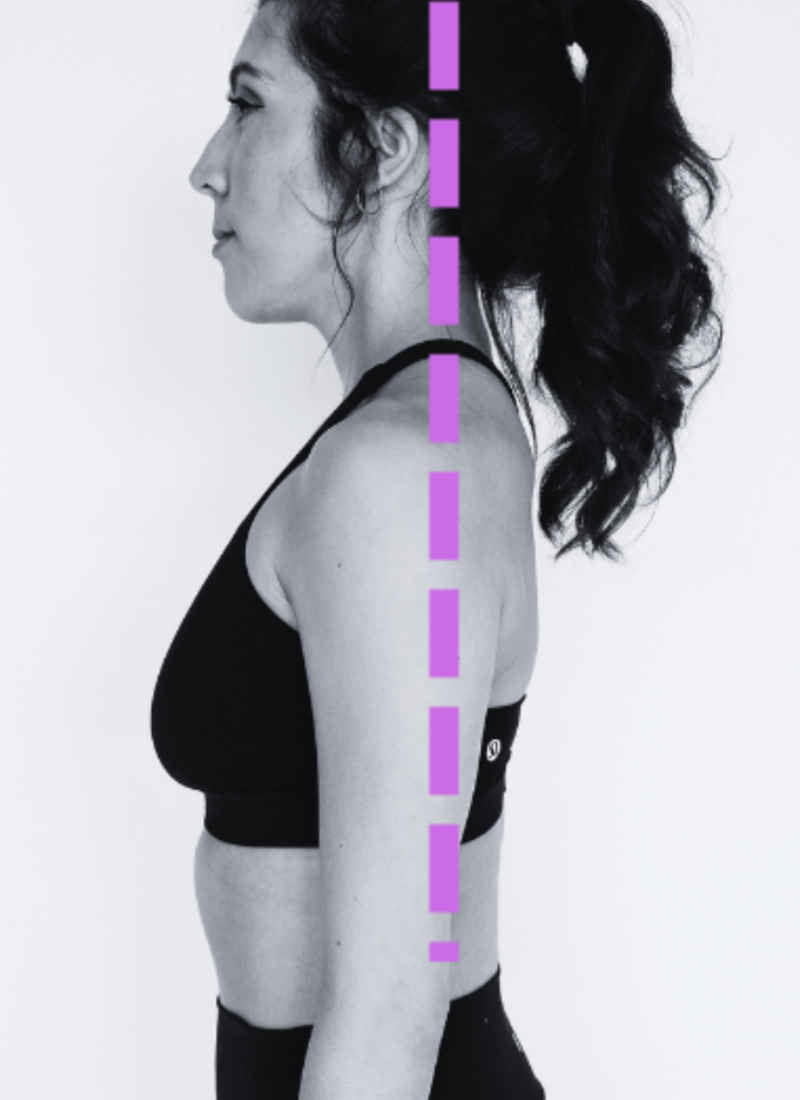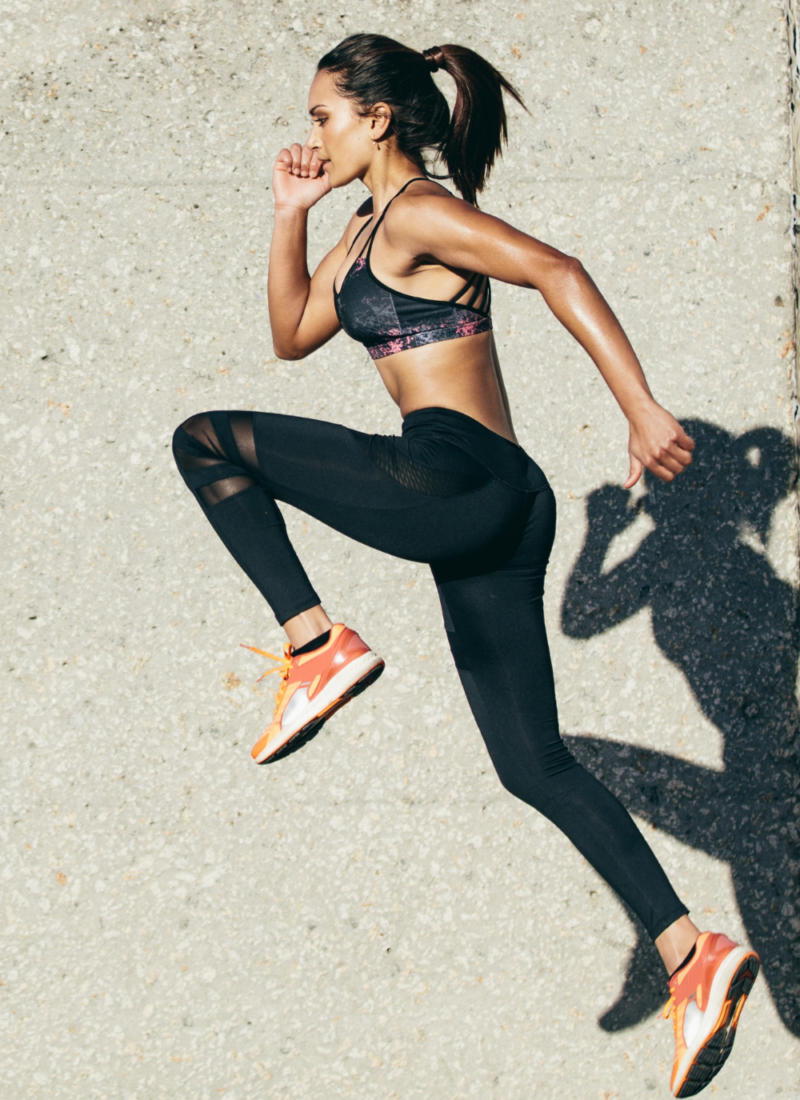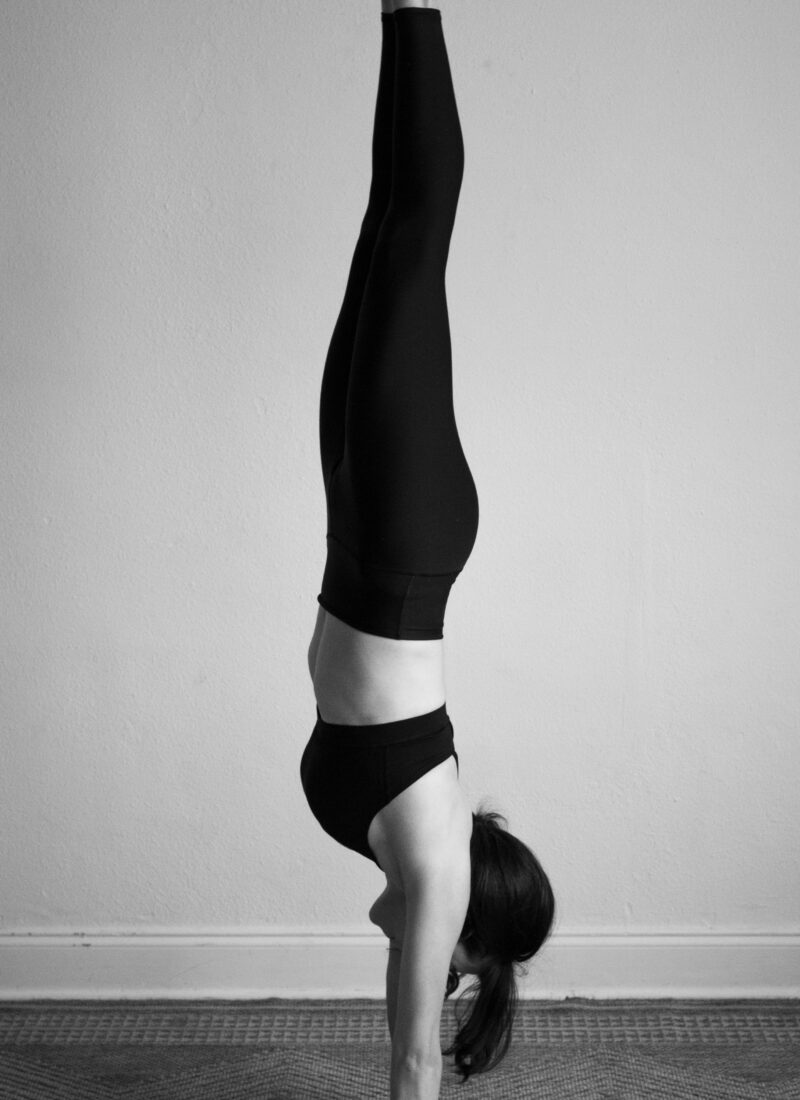
If you’re reading this, you’re probably asking this question: Should you work out with a cold? Let’s dive deeper into the science and wisdom behind this common question.
If you’re anything like me, you might be obsessed with working out and reaching your goals. Sadly, if you are feeling under the weather this can throw a wrench in your whole plan.
When you feel sick as a dog, skipping a workout seems like a no-brainer, but what if your symptoms are not as serious, such as just having the sniffles? Should you push through?
You might be reading this because you’re feeling ill and you have an important event such as a 5K, tournament, or competition where you really need to train.
Does your runny nose have to derail your training plan, or could it actually do you some good?
1. Colds Can Affect Your Ability To Exercise
Viruses are some of the most likely culprits behind the common cold in humans. Not so surprisingly, upper respiratory illnesses cause the most disability among athletes. In fact, the average adult has from one to six colds each year, with rhinoviruses accounting for about 40% of these infections.
When you have a cold, your body is trying to fight it off, which takes up some energy. This can make you fatigued, so adding physical activity into the mix is going to make you even more tired. You may find that you get more easily worn out while exercising with a cold.
If you have a fever, you are going to be very warm. Physical exercise is naturally going to make you get really hot, and your body is going to have a tough time cooling off.
Additionally, some decongestants such as phenylephrine and pseudoephedrine are known to raise your heart rate. Therefore, the combination of decongestants and exercise can cause your heart to pump really hard, making you get easily short of breath.
Think about it this way, both being sick and exercise are stressors on your body. (That isn’t to say exercise can’t be a stress reliever though!) Just know it is important to listen to your body by knowing your limits when you’re feeling ill.
2. You Can’t “Sweat Out” a Cold
Is it possible to “sweat out” a cold?
It could be an urban myth, but some people believe that sweating helps you get over a cold faster. The fact of the matter is, however, that there is no research to suggest that sweating will make you feel better in a faster amount of time.
Not to mention, sweating can lead to dehydration. If you have a cold and you are not ingesting adequate fluids, this can do more harm than good. Therefore it is especially important to make sure you are hydrated when you have a cold.
On the other hand, there is evidence to suggest that regular exercise helps your body prepare itself for colds since exercise improves your overall fitness. Being in good shape helps boost your immune system.
Some studies have suggested that moderate intensity exercise, such as 20-30 minutes walks every day, cuts down how many colds you will get.
Additionally, a study in the American Journal of Medicine, showed that women who walked for a half-hour every day for 1 year had half the number of colds as those who didn’t exercise.
In that sense, it is true that exercise is the best medicine!
3. If Unsure, Follow the “Neck Rule”
To know if you’re too sick to exercise, you should follow the rule of thumb known as the “neck rule.”
Essentially, this rule indicates that if your symptoms are above the neck, such as a scratchy throat, watery eyes, or runny nose, you are probably ok to workout.
In contrast, if you are experiencing ailments below the neck, such as congestion, cough, or body aches, it’s wise to rest up for a day or two.
It’s worth mentioning that the “neck rule” isn’t fool proof. It does require a little bit of common sense.
If you are having severe symptoms occurring above the neck, you should take the day off and consider consulting a healthcare provider.

4. Some Exercises Are Better Than Others While Sick
What workouts should you do if you have a cold?
If you have passed the neck rule, and decided to workout, it is wise to be prudent with your exercises. Having a cold is not the best time to go full out with your most challenging exercise routine.
I recommend starting out your workout at fifty percent intensity, and gradually increasing the intensity as you feel it out.
If you’re having a cardio day, I recommended sticking to light cardio for a shorter duration than usual.
If you’re going to lift weights, it is going to be extra challenging to lift heavy. This is the time to go for lower weights, and perhaps fewer reps if you don’t feel up to it.
It might be a good idea to skip the gym altogether and opt for an alternative form of exercise such as going for a walk outside. Sunshine is a great way to soak up some vitamin D which is an essential vitamin for our health.
Of course, if you start to feel fatigued after the first ten minutes of your exercise at fifty percent intensity, then it is time to call it a day. Watch out for lightheadedness, chest pain, or severe shortness of breath because these could be signs of serious health conditions.
5. The Best and Worst Things to Do While Sick
THE BEST:
- Light joggings
- Elliptical
- Stationary bike
- Light resistance training
- Stretching
THE WORST:
- HIIT
- Long runs or very rigorous cardio
- Heavy lifting and intense resistance training
The bottom line: Stick with moderate cardiovascular exercise and listen to your body.
6. Working Out Does Not Make Your (Moderate) Cold Worse
Does working out make your cold worse? In fact, studies show that exercising with moderate symptoms may have no effect on the severity or illness at all.
In the 1990s, 50 young adults were infected with rhinovirus, a typical germ that causes the common cold. This study concluded that there was no difference in the length of illness between one group that did not exercise for ten days and the other group that continued to exercise for ten days.
That is good news for those who do not wish to derail their training. If you keep the neck rule in mind, you should have no problem exercising.
7. Continue to Monitor Your Symptoms
Symptoms do evolve over time. Your runny nose could progress into something more serious such as bronchitis or the flu. It’s important to keep tabs on how you’re feeling and skip the workout if you start getting worse.
If your health is starting to deteriorate, consider taking a rest until your symptoms go away.
8. Don’t Spread or Catch Germs At the Gym
Don’t forget to wipe down the equipment you use after each use and be mindful of getting too close to other people.
You May Also Like: Should You Work Out Everyday?
The Bottom Line – Should You Workout With a Cold?
So, what’s the bottom line? Should you workout with a cold? In short, yes you can workout with a cold with a little bit of caution and common sense. Follow the neck rule and continue to monitor your symptoms. If you follow all of the tips above, you will not have to interrupt your training schedule and you should be back to normal in no time.




